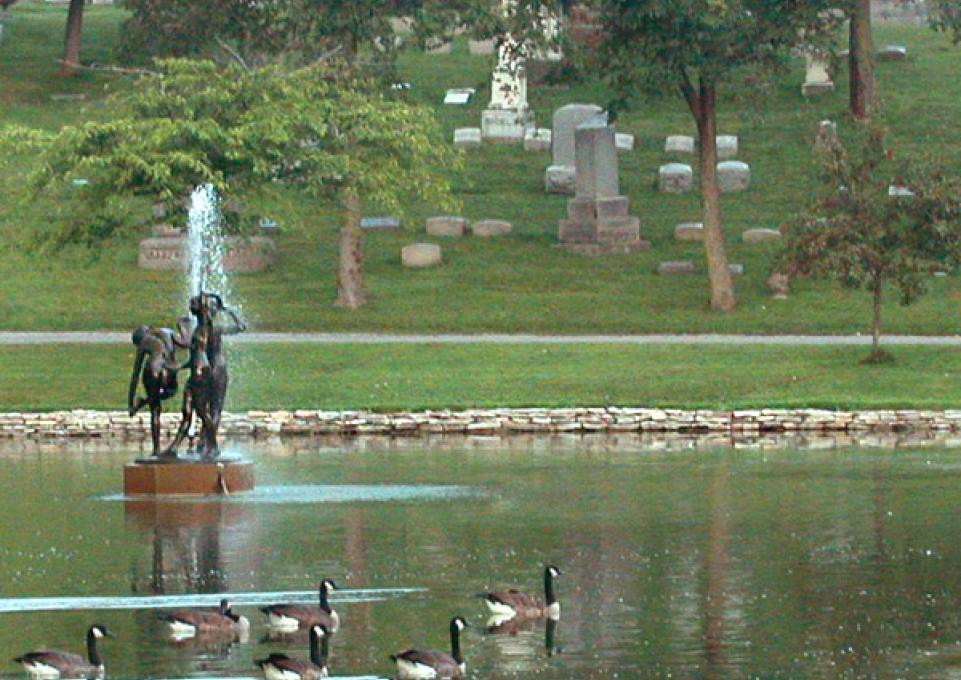
All people, including the deceased, must be respected. That's something stressed by all the faculty members in the Anthropology Department, according to senior Brandi Simmang.
 Simmang is taking part in the Cemetery Project, a research project assigned by Julie Wieczkowski (pictured), assistant professor of anthropology, to students enrolled in the capstone course Seminar in Physical Anthropology. Wieczkowski explained that physical anthropology is a field within anthropology that looks at the biological aspects of human beings, including lifespans and mortality rates.
Simmang is taking part in the Cemetery Project, a research project assigned by Julie Wieczkowski (pictured), assistant professor of anthropology, to students enrolled in the capstone course Seminar in Physical Anthropology. Wieczkowski explained that physical anthropology is a field within anthropology that looks at the biological aspects of human beings, including lifespans and mortality rates.
The purpose of the research is to test several hypotheses about lifespan by collecting data from gravestones at Forest Lawn Cemetery and analyzing it. Students are researching four different groups of people interred at Forest Lawn: people who died between 1918 and 1920; nuns who were born between 1880 and 1889; females, not nuns, who were born between 1880 and 1889; and survivors of spouses who died between 1850 and 1899.
"I want students to learn the process of doing research," said Wieczkowski. "This project emphasizes critical thinking and gives students experience in testing a hypothesis using data and observation."
Simmang is collecting data about females born between 1880 and 1889 who did not enter the convent. That data will be compared to data collected about the Sisters of St. Joseph interred at Forest Lawn to test a hypothesis first asserted by The Nun Study, a longitudinal study focusing on women who are members of the School Sisters of Notre Dame. The Nun Study has found that nuns live longer than secular females; students in Wieczkowski’s class will test that hypothesis.
Other research has argued that the influenza epidemic of 1918 took the lives of not just the elderly and the young, but also healthy, middle-aged people. By examining the lifespans of those who died between 1918 and 1920, the years when the epidemic claimed its victims, students will test that hypothesis.
Other studies have suggested a "widowhood" effect. This hypothesis holds that a person who survives the death of his or her spouse is likely to have a shorter lifespan than a person whose spouse does not die.
After the students collect the data, Wieczkowski will work with them to analyze it. "As in any scientific paper," she said, "students will explain their hypothesis, methods, and results, and discuss the study and its findings in their papers."
"It's really interesting," said Simmang. "Even though the people we’re studying are dead, they are still people. When I read a gravestone, I think, 'This could be a friend’s great-grandmother.'" Conducting research in Forest Lawn has made Simmang, a Pennsylvania native who now lives in Darien Center, feel more connected to Buffalo "because of the history we’re learning from these people."
